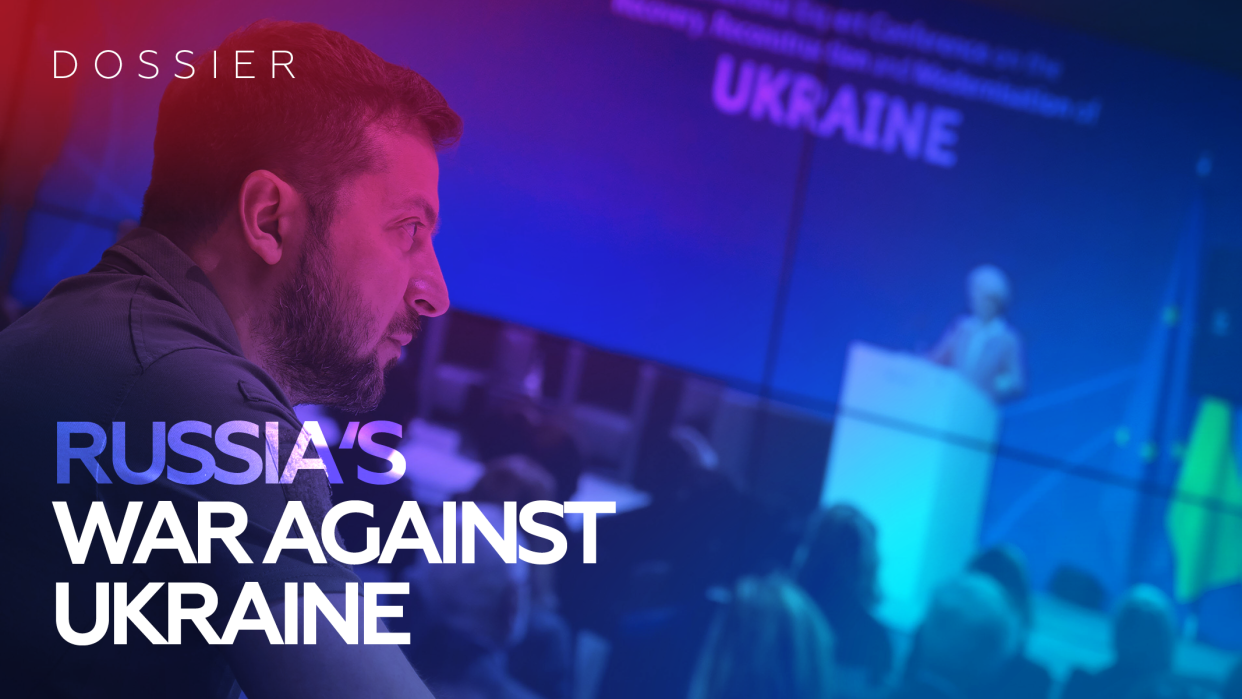Priorities for the next EU Commission (2024–2029)
From June 6 to 9, around 373 million EU citizens will be called upon to elect the 720 members of the next European Parliament. The new European Commission and its new President will be elected shortly thereafter. Below, our experts explain which priorities they should set during their term of office in the EU’s most important institution. Their brief analyses focus on issues such as trade, security, EU enlargement, energy, and cyber and health policy.
NATO at 75: Time to Deliver on Its Promises
The AI Election Year
BerlinsideOut
The podcast that takes an expert look at international politics from Berlin. Hosted by Dr. Benjamin Tallis, Senior Research Fellow and Head of the Action Group Zeitenwende at the German Council on Foreign Relations (DGAP), and Aaron Gasch Burnett, a journalist specialising in German politics, we look at how Germany sees the world and the world sees Germany. Join us every Tuesday on all major platforms — Spotify, Apple Podcast, Podigee










